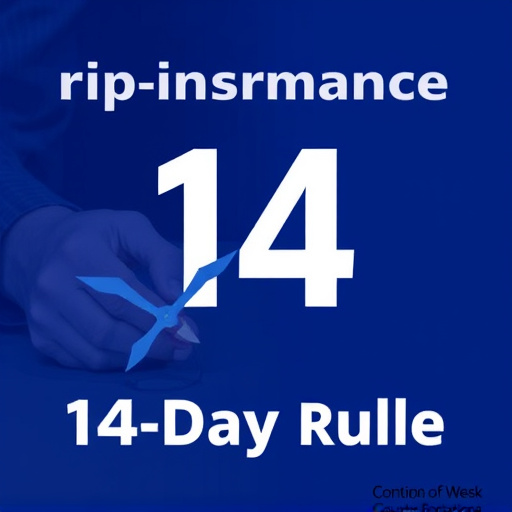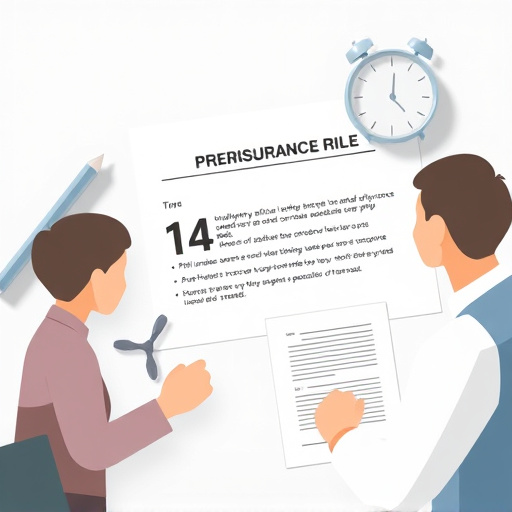In today's digital age, swift access to medical treatment is crucial for well-being. Personal Injury Protection (PIP) Insurance, with its 14-day claim submission rule, streamlines healthcare access, ensuring timely reimbursement and care within two weeks. This system benefits patients and providers by minimizing delays, improving patient outcomes, and fostering a more efficient healthcare ecosystem. Understanding and utilizing PIP insurance effectively can revolutionize treatment navigation, especially for complex cases or mental health crises, potentially saving lives with reduced wait times.
“In today’s fast-paced world, quick access to medical treatment can be a game-changer. This article explores an innovative approach to achieving just that—PIP (Personal Injury Protection) insurance and its role in facilitating immediate care. We delve into the 14-day rule, a process that streamlines claims, ensuring patients receive timely treatment with improved recovery outcomes. By understanding PIP, navigating the claim process, and addressing common challenges, individuals can take control of their health and access necessary treatments without delays.”
- Understanding PIP Insurance: A Key Player in Quick Access to Treatment
- The 14-Day Rule: How It Streamlines the Claims Process
- Benefits of Immediate Treatment: Faster Recovery and Improved Outcomes
- Navigating the Claim Submission Process: A Step-by-Step Guide
- Common Challenges and Their Solutions: Overcoming Barriers to Quick Access
- Future Trends: Enhancing Accessibility Further
Understanding PIP Insurance: A Key Player in Quick Access to Treatment

In today’s digital era, quick access to treatment is more crucial than ever for maintaining optimal health and well-being. One key player facilitating this shift is PIP (Personal Injury Protection) Insurance, which plays a pivotal role in accelerating the process of receiving necessary medical care. The 14-day rule associated with PIP insurance further emphasizes this urgency by mandating that insurance providers approve or deny claims within a swift 14-day period.
This streamlined approach ensures individuals involved in accidents or experiencing sudden health issues can access treatment promptly without lengthy waiting times. By understanding and leveraging the benefits of PIP Insurance, folks can navigate the complexities of healthcare with greater ease, fostering a more efficient system that prioritizes patient needs above all else.
The 14-Day Rule: How It Streamlines the Claims Process

The 14-Day Rule is a game-changer in the world of PIP (Personal Injury Protection) insurance, designed to ensure swift access to treatment for injured parties. This rule dictates that healthcare providers have just 14 days to submit claims for reimbursement after providing medical services to an insured individual. This timeframe streamlines the entire process, eliminating lengthy delays often associated with traditional claims procedures.
By implementing this 14-day window, insurance companies can promptly assess and approve claims, enabling patients to receive necessary treatment without undue wait times. This efficient approach not only benefits patients but also ensures healthcare providers are fairly compensated for their services, fostering a seamless and supportive healthcare ecosystem.
Benefits of Immediate Treatment: Faster Recovery and Improved Outcomes

Immediate access to treatment offers a myriad of benefits, especially in terms of patient outcomes and recovery speeds. When individuals can receive treatment without waiting, it significantly reduces the risk of symptoms worsening or developing into more complex health issues. This is particularly relevant when dealing with injuries or conditions that require prompt medical attention, such as those covered by PIP (Personal Injury Protection) insurance policies.
The 14-day rule, a common provision in PIP insurance, ensures patients can access necessary treatments swiftly. By eliminating waiting periods, this approach allows for quicker rehabilitation and potentially better long-term health outcomes. Research has shown that early intervention can lead to more effective management of pain, reduced need for strong medications or invasive procedures, and an overall improved quality of life for the patient.
Navigating the Claim Submission Process: A Step-by-Step Guide

Navigating the claim submission process for PIP (Personal Injury Protection) insurance can seem daunting, but with a clear understanding, it becomes manageable. Here’s a step-by-step guide to ensure a smooth journey towards quick access to treatment without waiting.
First, gather all necessary documents related to your injury and medical treatments. This includes doctor’s reports, prescriptions, and bills. Then, contact your insurance provider to inform them of your intention to file a claim. They will provide specific instructions tailored to their process, often involving filling out a claim form available on their website or through their customer service team. Ensure you adhere to deadlines, notably the 14-day rule, which mandates prompt submission for swift approval and treatment initiation.
Common Challenges and Their Solutions: Overcoming Barriers to Quick Access

Many individuals face challenges when seeking quick access to treatment, often due to various barriers that can prolong the process. One significant hurdle is navigating the complexities of insurance coverage, especially with policies like PIP (Personal Injury Protection) insurance. Understanding and utilizing these policies effectively is crucial. For instance, being aware of the 14-day rule, which allows for swift reimbursement of medical expenses incurred within a specific timeframe, can expedite the process. By educating themselves about such rules and actively engaging with their insurers, individuals can streamline the claim process.
Another common challenge lies in the availability of healthcare providers who accept one’s insurance plan or offer affordable rates for out-of-pocket patients. Overcoming this requires a proactive approach—patients can research and compare healthcare networks, reach out to providers directly for rate negotiations, or explore alternative financing options like medical loans or flexible payment plans offered by treatment centers. Additionally, utilizing online resources and telemedicine services can broaden access to specialists, ensuring individuals receive the necessary care without lengthy waiting times.
Future Trends: Enhancing Accessibility Further

As technology continues to advance, future trends in mental health care look promising, with a focus on enhancing accessibility further. Telehealth services, for instance, have already demonstrated their effectiveness during the pandemic and are set to become a standard practice. This means individuals can access therapy from the comfort of their homes, breaking down geographical barriers. With video conferencing tools, patients can now participate in sessions remotely, eliminating travel time and providing convenience, especially for those with busy schedules or limited mobility.
Additionally, digital health platforms equipped with artificial intelligence (AI) are emerging as powerful tools to support mental well-being. These platforms offer personalized recommendations, self-help resources, and continuous monitoring, allowing users to take proactive measures regarding their mental health. Furthermore, the integration of PIP (Pre-Authorization for Insurance) insurance processes within these digital platforms could streamline access to treatment, implementing the 14-day rule efficiently. This would ensure that individuals experiencing a mental health crisis receive timely support, potentially saving lives by reducing wait times for necessary treatments.














